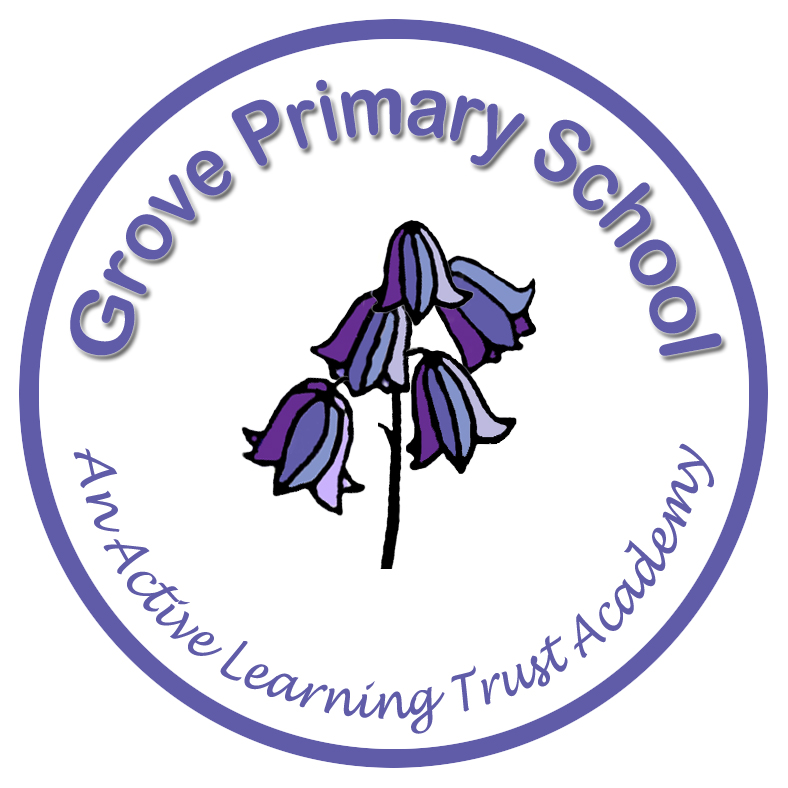Transition Documents
Transition concerns the change a child encounters from one place to another. As children develop from birth throughout childhood they move, or transition, from one learning environment or setting to a new one.
Types of transitions
- The transition from home to the setting
- The transition between room bases
- The transition from one provider to another during the working week
- The transition from a childcare provider to a school
Birth to 5 Matters states “High-quality transitions recognise the importance of feeling “known”. The key to a high-quality experience for all children within the early years is ensuring continuity between home, key people and all the settings that make up children’s individual learning journeys”.
We recognise that effective transition is a process rather than an event and should be planned as such. Therefore, the aim of this policy is to ensure that all our children experience a smooth educational and emotional transition from one phase to the next in order for them to make the best all round progress.
We recognise that transitions are opportunities for professional dialogue, both within and between settings, as well as with the home. It is our responsibility as early years practitioners to ensure that children feel welcomed, gain a sense of belonging and are helped to settle in happily. At points of transition, we believe it is valuable to gather the perspectives of those who have worked with the child such as Nursery settings and parents to work together, sharing information to best provide the support the child may need.
We aim to demonstrate this by enabling children and their families to become as familiar as possible with where children
EYFS Transition Procedure
- Parents/Carers are invited to attend Open Evenings during the term before applying.
- Once a place within the Nursery/Reception has been confirmed, arrangements for transition are communicated to parents in writing.
- Prior to starting parents/carer and child are invited into the setting for a show around with the Early Years Key Stage Lead.
- Parents/Carers and child receive a Transition Booklet and class Look Book to share together and use to talk about during the transition process.
- Home Connection Link-At this meeting parents are invited to share information about their children and teachers are able to visit children on a 1:1 basis and develop a strong relationship.
- Nursery/Prior Setting visit- Teachers arrange visits to the setting children are currently attending so children meet the teacher in a familiar place. During the visit the teacher can learn about the children from the current practitioner and see them in a space they feel “known” in.
- 1 hour settling in session for Nursery.
- Transition day for Reception children.
- Children’s transition then discussed with parent and class teacher. Children’s starting hours is dependent on the settling in process.
- Key person assigned
Home Connection Link
At Grove Primary we believe that Home Connection links play an important part in ensuring that your child’s transition into school is a smooth and supportive time for children.
We recognise that parents are children's first and most enduring educators. We strive to develop successful relationships between ourselves and parents to enable long-lasting and beneficial effects on children's learning and well-being.
Children are most settled at home and we believe home connections will give us an insight into the child, understanding their interests and development. It also enables children to have a chance to get to know their teacher on a one to one basis and begin to establish a relationship. This can help to have a familiar face on their first day.
Key Person
Your child will be allocated a key person who will work closely with your child helping them to feel safe and cared for, building a close relationship with you and your child.
There is a Key Person display in each classroom so you can see who your child’s key person is. You will receive a blurb about your child’s key person to help you get to know them better.

